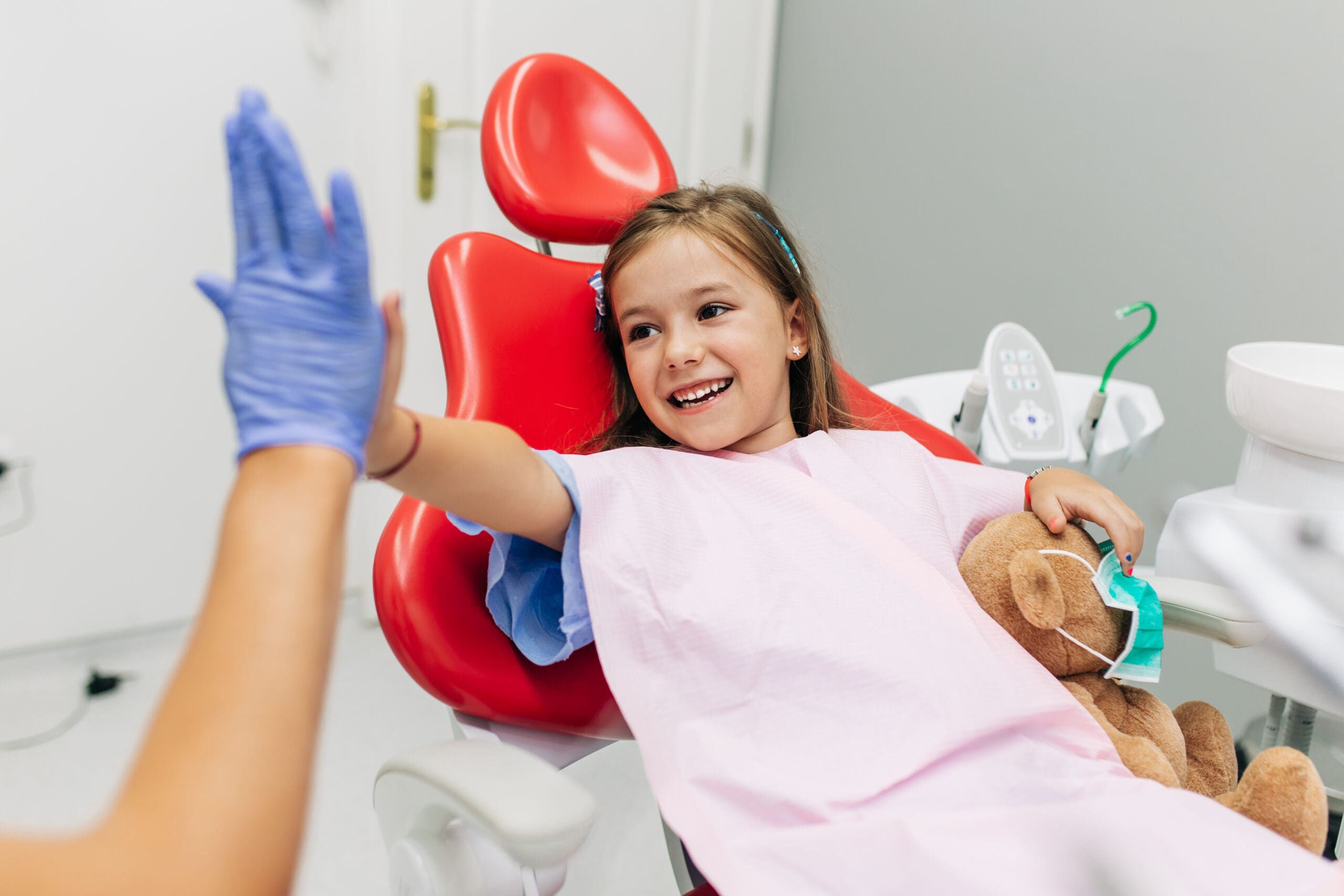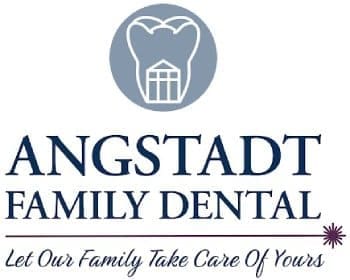
For decades, dentistry has focused primarily on fixing problems after they occur—fillings, extractions, and root canals. However, in recent years, a quiet shift has taken hold in the profession, transforming how we approach oral health. Today, preventative dentistry isn’t a bonus; it’s the foundation. It’s not just about avoiding cavities, though that’s certainly part of it. Preventative dentistry is about safeguarding long-term health, improving quality of life, and catching issues early, before they escalate.
This approach is reshaping both the role of the dentist and the experience of the patient. In Pennsylvania and across the country, more families are looking for providers who don’t just treat problems but help them stay ahead of them. Here’s why that matters more than ever.
1. Prevention Saves More Than Just Your Teeth
The value of preventative care isn’t limited to stopping toothaches or avoiding fillings. Emerging research continues to show strong links between oral health and overall systemic health. The mouth is often the first place where warning signs of more serious issues appear—think inflammation, infection, even signs of diabetes or cardiovascular disease. What seems like a minor gum issue might be the first indicator of a broader health problem.
Routine exams and cleanings are the cornerstone of prevention, but when paired with screenings for oral cancer, digital x-rays, and gum health evaluations, they become a powerful tool for early intervention. Skipping a visit might seem harmless in the short term, but over time, it often leads to bigger procedures and steeper bills.
At Angstadt Family Dental, our team emphasizes a full-body view of oral health. When patients come in, they’re not just getting a cleaning—they’re getting a personalized evaluation that considers their total health picture. By identifying risks early, we help patients avoid preventable procedures and stay ahead of developing issues.
2. Technology Is Changing How We Practice
Advances in dental technology are making it easier than ever to spot issues before they cause discomfort or cost. For example, digital imaging provides ultra-clear views of the teeth and jawbone with far less radiation than traditional methods, allowing for more precise diagnoses in less time. These tools don’t just help the dentist; they empower the patient to better understand what’s happening in their own mouth.
Newer practices like salivary diagnostics and real-time bacterial analysis allow for non-invasive early detection of gum disease, decay, and other issues that once required exploratory exams or guesswork. Intraoral cameras, which project high-resolution images onto a screen, let patients see exactly what their provider sees—no more wondering what that chart note meant.
Offices like ours in Wyomissing, Downingtown, and Lancaster are integrating these technologies into routine appointments, not as flashy extras, but because they make care more efficient and more effective. Preventative dentistry is no longer just a brush-and-floss game—it’s becoming smarter, faster, and more tailored than ever before.
3. Preventative Dentistry Depends on Partnership
Technology and diagnostics are critical, but they mean little without a strong relationship between the patient and their dental team. A core element of preventative care is education, and that only works when people feel empowered and informed.
That’s why our approach places such a strong emphasis on transparency and collaboration. Rather than rushing through appointments, we take the time to explain what we’re seeing and why it matters. It’s not uncommon for a patient to leave our office knowing more about their oral microbiome or occlusion than they ever expected. And that’s exactly the point.
This collaborative approach also means that care plans are more personalized. Some patients might benefit from fluoride treatments or more frequent cleanings, while others may need nutritional counseling to reduce acid wear. The goal is not a one-size-fits-all prescription—it’s a long-term strategy that evolves with the patient’s needs.
And that relationship goes beyond the chair. Preventative care continues at home, and our role is to equip every individual with the tools and knowledge they need to succeed—whether that’s showing a better flossing technique, recommending the right toothbrush, or setting realistic goals for gum health.
Invest in the Future of Your Smile
Preventative dentistry is not a trend—it’s the future of care. It saves time, money, and stress by eliminating problems before they become painful or permanent. More importantly, it helps protect your overall health, which is why it should never be an afterthought.
Whether you’re already on a regular dental schedule or it’s been a while since your last visit, now is the perfect time to recommit to prevention. Angstadt Family Dental’s locations in Wyomissing, Downingtown, and Lancaster offer comprehensive, technology-forward care that makes every appointment count.
Schedule your visit today—because when it comes to your health, the best treatment is the one you never need.

Leave a Reply